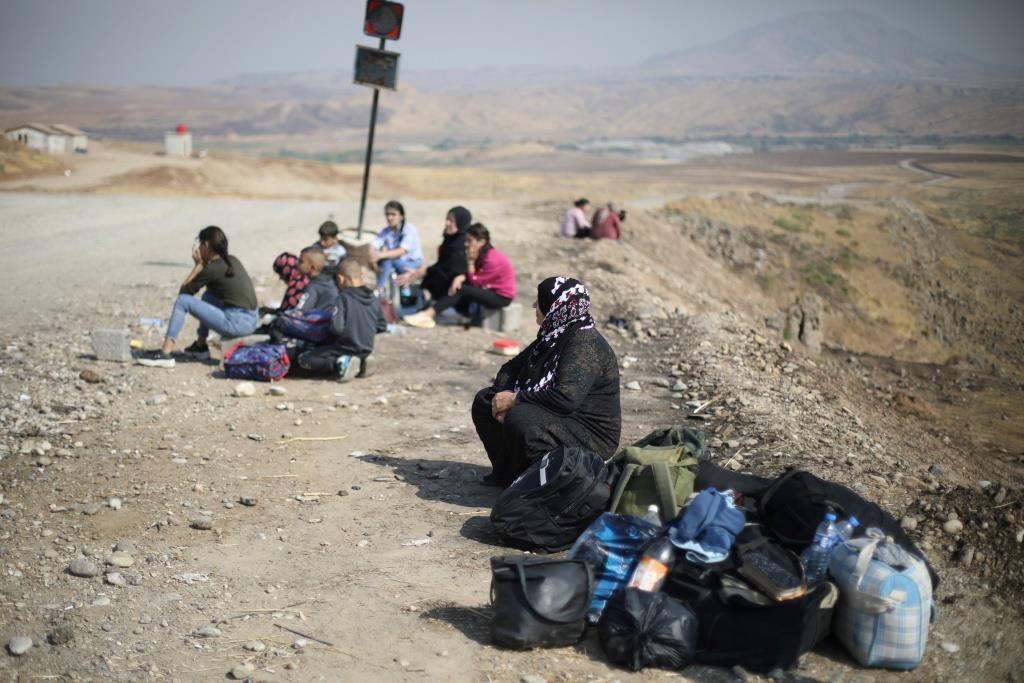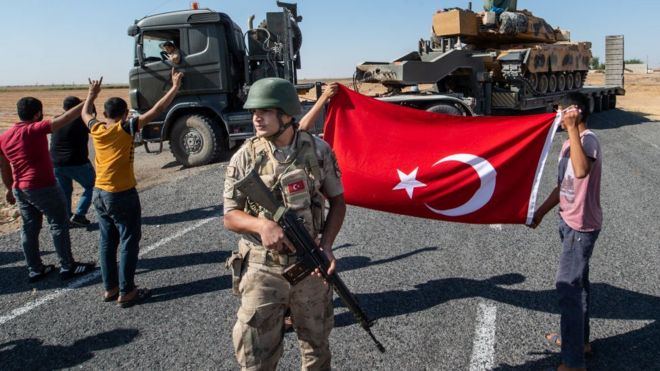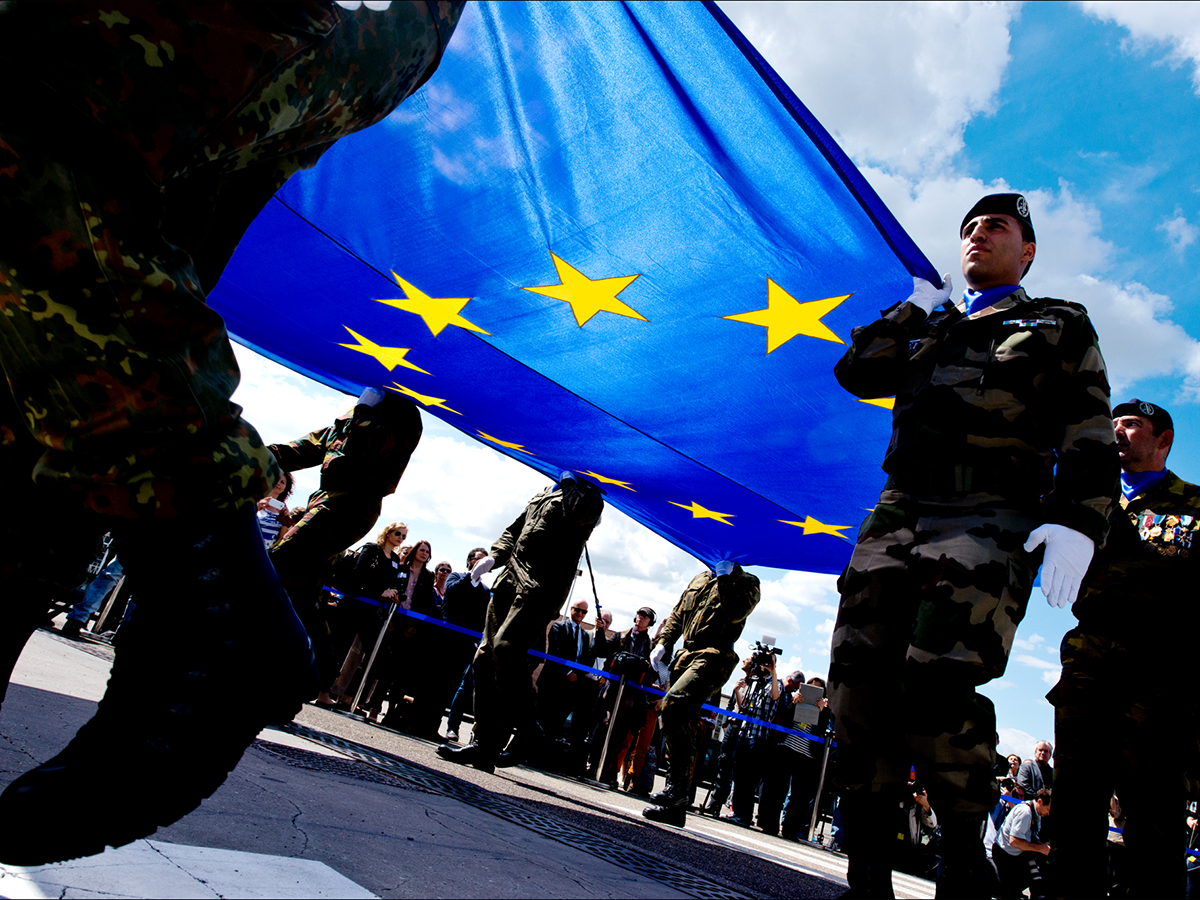By Carter Malkasian
Over the past two years, a bipartisan consensus has emerged that the United States should leave Afghanistan. This summer, President Donald Trump repeatedly claimed that he wanted out. So did the Democratic presidential candidates. During a September debate, Massachusetts Senator Elizabeth Warren promised to bring troops home without any deal with the Taliban, and former Vice President Joe Biden was just as strident, declaring, “We don’t need those troops there. I would bring them home.” But advocates of the mission argue that a full withdrawal courts disaster, paving the way for terrorist groups to reestablish a safe haven in Afghanistan.
That distaste for remaining in Afghanistan is widespread is unsurprising after 17 years of war. And U.S. involvement in active military operations in Afghanistan has greatly decreased since 2010 and 2011, when nearly 100,000 U.S. troops were deployed. The remaining 14,000 U.S. troops in Afghanistan support local security forces with airstrikes, surveillance, and advising. Afghan soldiers and police do the frontline work of defending cities against the Taliban, while U.S. special operations devote significant effort to battling al Qaeda and the Islamic State (or ISIS). The United States has fought a relentless campaign against these groups, and many opponents of the effort can endure it no longer.


















